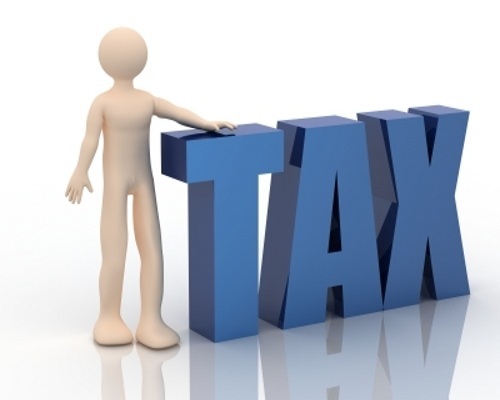
The finance minister Mr. Pranab Mukherjee is facing one of the toughest challenges of his long and distinguished career as the man at the helm of financial planning for the nation. This year’s Union Budget comes a time when the ruling coalition faces multiple challenges from almost every quarter and the frustration of the masses is at its peak. There are a multitude of demands and expectations from the FM this year which will certainly be a tough task to tackle. Announcing the new tax slabs that will be applicable for the financial year 2012-13, Mr. Mukherjee has tried to juggle between populist aspirations and practical manoeuvrings. While the promised DTC could not be fully implemented in the current fiscal, there is certainly a move towards its spirit in the new scheme of taxation.
The new tax slabs for salaried and employed classes have been raised by a marginal amount. There will no tax for income up to Rs. 2 lakhs as against the previous figure of RS. 1.8 lakhs. This hike in the minimum income limit for exemption is far short of the expectation that the middle class had from this year’s budget. It is an established fact that the majority of lower middle class gets affected by the initial tax exemption limit. The figure of Rs. 2 lakhs is unlikely to go down well with the masses. The tax rates for income between Rs 2 lakhs to Rs 5 lakhs is stipulated at 10 % this year and the income between Rs 5 lakhs to Rs. 10 lakhs is 20 % and the tax for income above Rs 10 lakhs is 30 %.
Given the fact that there has been a steady rise in the incomes as well as cost of living in the nation, a large number of people have now come into higher income brackets and are likely to be adversely affected by this scheme of taxation. Given the continued inflation there is very little real relief for the common man in this tax scheme. The expectations of a much higher level of tax relief have been shattered and this will directly impact the lifestyles and consumption patterns of the middle class.
There have been no changes in the rates of corporate taxes which will further add to the discontentment among the salaried class. Given the fact that the standing committee of the Parliament had recommended the initial exemption limit ot be raised to Rs. 3 lakhs and a further exemption on eligible investments of up to Rs. 3.2 lakhs, there is likely to political uproar against this proposal. However the only saving grace is that the finance expert of the principal opposition BJP, Mr Yashwant Sinha heading the Direct Tax Code panel had agreed retaining the slabs as 10 %, 20 % and 30 % respectively for the income brackets. However Mr. Sinha had several times stated in public his demand for raising the initial exemption limit.
The initial reaction towards this scheme has been dismal as most tax payers were quite confident of a substantial hike in exemptions. In fact most of the pre-budget surveys indicate that the man on the streets was confident of getting a relief of up to Rs. 3 lakhs on personal income that would permit him to have better savings and a decent living for his family. House panel recommendations having been summarily rejected by the FM, he must have some very convincing concerns, which will be disclosed to the parliament during the budget discussion. However, as for now the majority of the salaried middle class who pay a significant portion of their hard earned money as taxes have been left high and dry.